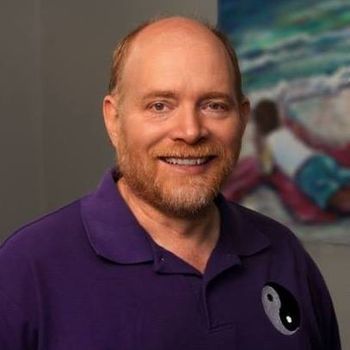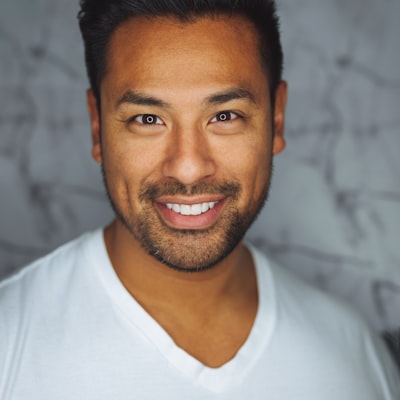Discover the Healing Power of Aquatic Bodywork


Aquatic bodywork is an excellent option for healing and well-being. The body is able to be relaxed and at ease floating in the water. Visit this website Additionally, lowering tension can aid in healing itself. While floating in water, gentle finger pressure and point work reestablishes the body's natural balance and promotes healing from the inside out. These techniques tap into the body's natural healing powers and energy pathways to allow nutrients to be delivered to the affected zones. You'll also receive a sense of balance and harmony through the restoration of the body's innate capacity to heal itself.
Waterdance
Waterdance, a dynamic form aquatic bodywork, combines the strength of water with the subliminal energy of our bodies. The art uses a nose clip to guide clients underwater, and to perform moves that resemble dance. When they move their bodies across the water, they trigger the dive reflex and slow the heart rate as well as breathing. The experience is described by the receivers as "floating on the cloud" and also as similar to being wrapped in blankets.
Waterdance can be a very effective therapy tool. It is vital that the person practicing it observe and maintain a safe environment, as well as their breathing patterns. The body's movements on the surface are similar to those of the body underwater in sync. Sessions can be tailored to meet the needs of each client. Because the head is held by the water during underwater, the body's movements are in harmony with one another.
Healing Dance
If you've ever thought of diving into the healing waters, but didn't know how to start, think about taking an Aquatic Bodywork class. Alexander George developed the Healing Dance in 1993. It's an all-encompassing method of bodywork that is based on water. Students master advanced body mechanics and develop subtle movements to trigger the healing process. Students can explore many styles and modalities to enhance their healing experience.
The Healing Dance is based on the notion that touch and movement are therapeutic. The Healing Dance is a mix of rhythmic energy that combines pressure with touch and movement to awaken the subconscious mind, and facilitate greater emotional release. The healing dance is based on natural motion and energy of water and the body. It also allows participants to experience a deep sensation of physical and mental freedom. This technique is particularly useful for people suffering from chronic pain and physical disabilities.
Dolphin Dance
Dolphin Dance, a multifaceted healing art form, is an aquatic group experience that combines the bodywork of a professional, contact improvisation, and underwater music. Developed by Lilia Cangemi who is a registered Watsu instructor and professional dancer, Dolphin Dance incorporates a wide array of healing arts including massage, point work and even contact. It incorporates movement and stillness to invite the receiver to release toxins through the joints, skin and muscles.
Waterdance was first discovered in Switzerland and Switzerland is where Peter Schroter and Arjana Brunschwiler taught the first Waterdance classes. Participants begin by floating on the surface, and then slowly move underwater by using snake-like and dolphin-like movements to release tension. Alexander George is the American Waterdancer. This technique is based upon the principles of Trager, Watsu, and Thai massage. In Germany, the Institute fur Aquatische Korperarbeit, founded by Jacque Lootsma, is considered to be one of the leading practitioners of Dolphin Dance.
Watsu
Harold Dull, president of The Worldwide Association of Aquatic Bodywork, invented Watsu, an aquatic massage. He trained with Zen Shiatsu masters from Japan as well as America, and has written numerous books about the benefits of this kind of massage. The water temperature is 35 degrees Celsius, which is the recommended temperature for humans. Watsu is a healing and healing modality that is suitable for people of all age groups, from infants to the elderly.
The treatment is extremely relaxing and promotes deep relaxation. The treatment assists the patient to relax their mind and body and lets them let go of tension and stress. The person who is receiving the treatment remains calm throughout the treatment, lying down with their ears underwater. To encourage the body's natural healing process, the practitioner uses various movements, stretches, and stretching patterns. The patterns of movement range from gentle cradling to more active stretching. The movement pattern may include the rotation or traction depending on the condition of the receiver.
